Home>Gardening & Outdoor>Landscaping Ideas>How To Mow Very Long Grass
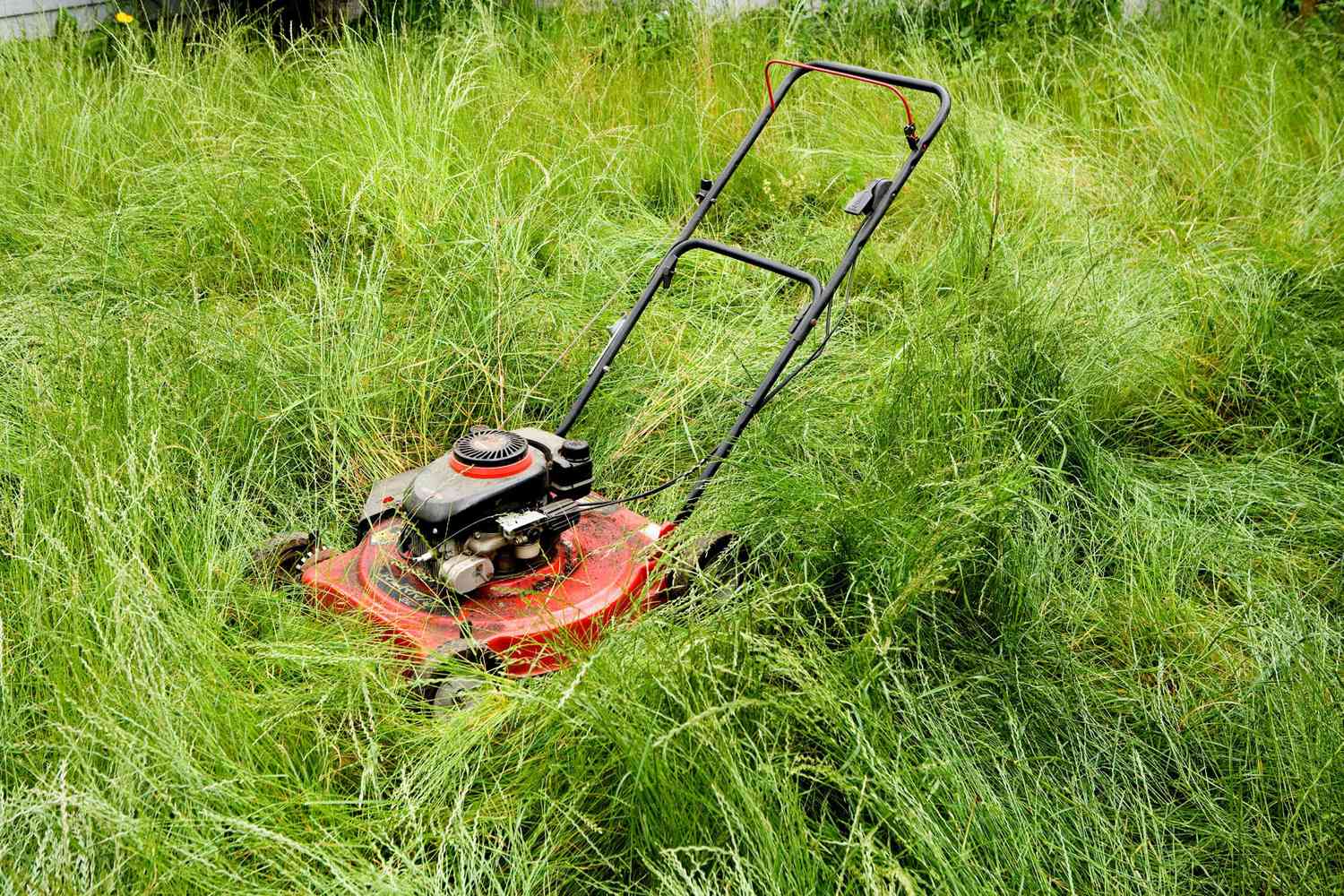

Landscaping Ideas
How To Mow Very Long Grass
Modified: February 18, 2024
Discover expert landscaping ideas for mowing very long grass and maintaining a pristine yard. Get tips and tricks for tackling overgrown grass effectively.
(Many of the links in this article redirect to a specific reviewed product. Your purchase of these products through affiliate links helps to generate commission for Storables.com, at no extra cost. Learn more)
Introduction
Maintaining a well-kept lawn is a source of pride for many homeowners, but tackling very long grass can be a daunting task. Whether it's due to a busy schedule, inclement weather, or a prolonged absence, allowing your grass to grow excessively can create a challenging mowing situation. However, with the right approach and equipment, transforming an overgrown lawn into a tidy, manicured landscape is entirely achievable.
In this comprehensive guide, we will explore the essential steps for mowing very long grass effectively. From assessing the situation to selecting the appropriate equipment, preparing the area, mastering the mowing technique, and implementing post-mowing care, each stage plays a crucial role in achieving exceptional results. By following these guidelines, you can restore your lawn to its former glory and create an inviting outdoor space for relaxation and enjoyment.
Let's delve into the intricacies of taming very long grass and discover the techniques and strategies that will empower you to conquer this formidable challenge.
Key Takeaways:
- Taming very long grass requires assessing, choosing the right equipment, preparing the area, using effective mowing techniques, and implementing post-mowing care. By following these steps, you can transform an overgrown lawn into a well-manicured landscape.
- Mowing very long grass involves progressive cutting, overlapping mowing paths, and considering post-mowing care. By following these techniques and nurturing the lawn, you can create a vibrant and inviting outdoor space to enjoy.
Read more: How To Mow Very Tall Grass
Assessing the Situation
Before diving into the task of mowing very long grass, it’s imperative to assess the situation thoroughly. Understanding the condition of the grass, as well as any potential obstacles or hazards, will inform your approach and ensure a safe and efficient mowing process.
Surveying the Grass Length: Begin by gauging the height of the grass. Very long grass, typically exceeding six inches in height, requires a different approach than regular mowing. Assessing the grass length will help determine the level of effort and equipment needed to tackle the task effectively.
Identifying Potential Hazards: Inspect the area for any potential hazards, such as hidden debris, rocks, or uneven terrain. Clearing these obstacles before mowing will prevent damage to the equipment and minimize safety risks.
Checking for Wet or Damp Conditions: Assess the moisture level of the grass. Mowing damp or wet grass can lead to uneven cuts and clogging of the mower, so it’s advisable to wait for the grass to dry out if recent weather conditions have left it damp.
Assessing the Overall Health of the Grass: Take note of the overall health of the grass. Very long grass may have developed thatch or become susceptible to disease. Identifying any signs of distress or disease will guide you in implementing appropriate post-mowing care to revitalize the lawn.
By thoroughly assessing the situation, you can tailor your approach to mowing very long grass, ensuring that the process is not only effective but also safe for both you and your lawn.
Choosing the Right Equipment
When facing the task of mowing very long grass, selecting the appropriate equipment is paramount to achieving desirable results while minimizing potential challenges. The right tools not only make the job more manageable but also contribute to the overall health and appearance of the lawn.
Selecting a Suitable Mower: For very long grass, a high-wheel rotary mower or a brush mower is ideal. These types of mowers are designed to handle tall grass and rough terrain with greater ease, providing a more even cut and preventing strain on the equipment.
Ensuring Sharp Blades: Regardless of the mower type, sharp blades are essential for effectively cutting very long grass. Dull blades can tear the grass, leading to an uneven and unsightly finish. Before mowing, ensure that the mower’s blades are sharp and in good condition.
Considering Safety Gear: When dealing with overgrown grass, wearing appropriate safety gear is crucial. Sturdy shoes, eye protection, and long pants are recommended to safeguard against debris and potential hazards hidden within the tall grass.
Utilizing Trimming Tools: In addition to a mower, having trimming tools such as a string trimmer or a scythe can aid in tackling hard-to-reach areas and refining the edges of the lawn. These tools provide precision in areas where the mower may not be as effective.
By carefully selecting the right equipment and ensuring that it is in optimal condition, you can approach the task of mowing very long grass with confidence, knowing that you have the tools necessary to achieve a well-groomed and healthy lawn.
Preparing the Area
Properly preparing the area before mowing very long grass is essential for ensuring a smooth and effective mowing process. By addressing key aspects such as clearing debris, marking boundaries, and considering environmental factors, you can set the stage for a successful mowing endeavor.
Clearing Debris and Obstacles: Before mowing, thoroughly clear the area of any debris, fallen branches, or other obstacles that may impede the mowing process. Removing these obstructions not only ensures a safer mowing experience but also prevents potential damage to the equipment.
Marking Boundaries: Clearly mark the boundaries of the mowing area to establish a defined perimeter for the task. This will help maintain a consistent and uniform cut while avoiding unintentional encroachment onto neighboring areas or delicate landscaping features.
Adjusting Mower Height: When mowing very long grass, it’s advisable to adjust the mower’s cutting height to a higher setting initially. Gradually reducing the cutting height in subsequent passes will prevent the grass from being overwhelmed and allow for a more controlled and even cut.
Considering Environmental Factors: Take into account environmental factors such as the time of day and weather conditions. Mowing during cooler hours and avoiding mowing wet grass can contribute to a more effective and visually appealing outcome.
By meticulously preparing the area before mowing very long grass, you can create an environment that is conducive to a successful and rewarding mowing experience. These preparatory measures not only enhance the quality of the mow but also contribute to the overall health and appearance of the lawn.
Before mowing very long grass, raise the mower deck to its highest setting to avoid damaging the grass. Gradually lower the deck with each pass until the desired height is reached.
Mowing Technique
Executing the mowing process with a well-considered technique is crucial for achieving a polished and healthy appearance for your lawn when dealing with very long grass. By adhering to proper mowing practices and employing strategic maneuvers, you can transform an overgrown lawn into a well-manicured landscape.
Progressive Cutting: When mowing very long grass, it’s advisable to employ a progressive cutting approach. Begin with a higher cutting height to manage the initial overgrowth, then gradually lower the mower’s cutting height in subsequent passes to achieve the desired lawn length. This method prevents overwhelming the mower and promotes a more even and controlled cut.
Overlap Mowing Paths: To ensure consistent and thorough coverage, overlap each mowing path slightly with the previous one. This technique prevents missed patches and contributes to a uniform and well-groomed appearance across the entire lawn.
Alternate Mowing Directions: Varying the mowing direction with each pass can help prevent the grass from developing a permanent lean in one direction. Alternating the mowing pattern promotes upright growth and an even distribution of sunlight, resulting in a healthier and visually appealing lawn.
Bagging or Mulching Options: Consider whether to bag the clippings or utilize a mulching attachment on your mower. Bagging may be necessary if the grass is excessively long, while mulching can be beneficial for returning essential nutrients to the soil. Assessing the condition of the grass will guide you in making the most suitable choice.
By implementing these mowing techniques, you can navigate the challenge of mowing very long grass with confidence and precision, ultimately achieving a well-maintained and vibrant lawn that enhances the overall aesthetic of your outdoor space.
Read more: How To Mow Really Long Grass
Post-Mowing Care
Following the completion of mowing very long grass, implementing appropriate post-mowing care is essential for nurturing the health and appearance of your lawn. By addressing key aspects such as debris removal, soil aeration, and hydration, you can promote optimal growth and maintain the beauty of your outdoor space.
Debris Removal: After mowing, thoroughly remove any remaining grass clippings and debris from the lawn. This not only enhances the visual appeal of the lawn but also prevents the accumulation of thatch, allowing air and nutrients to reach the soil more effectively.
Soil Aeration: Consider aerating the soil to alleviate compaction and promote better air and water circulation. This can be particularly beneficial after mowing very long grass, as it facilitates the penetration of essential nutrients and encourages robust root development.
Hydration and Fertilization: Following mowing, ensure that the lawn receives adequate hydration. Deep watering is preferable to encourage the grass roots to reach deeper into the soil. Additionally, consider fertilizing the lawn to replenish essential nutrients and support healthy regrowth.
Observing Recovery: Monitor the lawn’s recovery in the days following mowing. Pay attention to any areas that may require additional attention, such as patchy growth or signs of stress. Addressing these areas promptly can contribute to a more uniform and lush lawn.
By attending to post-mowing care, you can nurture the resilience and vitality of your lawn, ensuring that it remains an inviting and picturesque outdoor environment for relaxation and recreation.
Conclusion
Mowing very long grass presents a unique set of challenges, but with the right approach and techniques, transforming an overgrown lawn into a well-manicured landscape is entirely achievable. By assessing the situation, choosing the right equipment, preparing the area, employing effective mowing techniques, and implementing post-mowing care, you can navigate this task with confidence and precision.
Understanding the condition of the grass, identifying potential hazards, and assessing the overall health of the lawn are essential steps in preparing for the mowing process. Selecting suitable equipment, ensuring sharp blades, and considering safety gear contribute to a more manageable and successful mowing experience.
Thoroughly preparing the area by clearing debris, marking boundaries, adjusting the mower height, and considering environmental factors sets the stage for a smooth and effective mowing endeavor. When it comes to the mowing technique, employing progressive cutting, overlapping mowing paths, alternating mowing directions, and choosing the appropriate bagging or mulching options are key to achieving a polished and healthy appearance for your lawn.
Following the completion of mowing, post-mowing care plays a vital role in nurturing the health and appearance of the lawn. Removing debris, aerating the soil, ensuring proper hydration and fertilization, and observing the lawn’s recovery are essential steps in maintaining the beauty and resilience of the outdoor space.
By following these comprehensive guidelines and techniques, you can conquer the challenge of mowing very long grass and create an inviting outdoor environment that enhances the overall aesthetic of your property. With patience, attention to detail, and a well-executed approach, you can transform an overgrown lawn into a vibrant and well-maintained landscape that you can take pride in.
Frequently Asked Questions about How To Mow Very Long Grass
Was this page helpful?
At Storables.com, we guarantee accurate and reliable information. Our content, validated by Expert Board Contributors, is crafted following stringent Editorial Policies. We're committed to providing you with well-researched, expert-backed insights for all your informational needs.
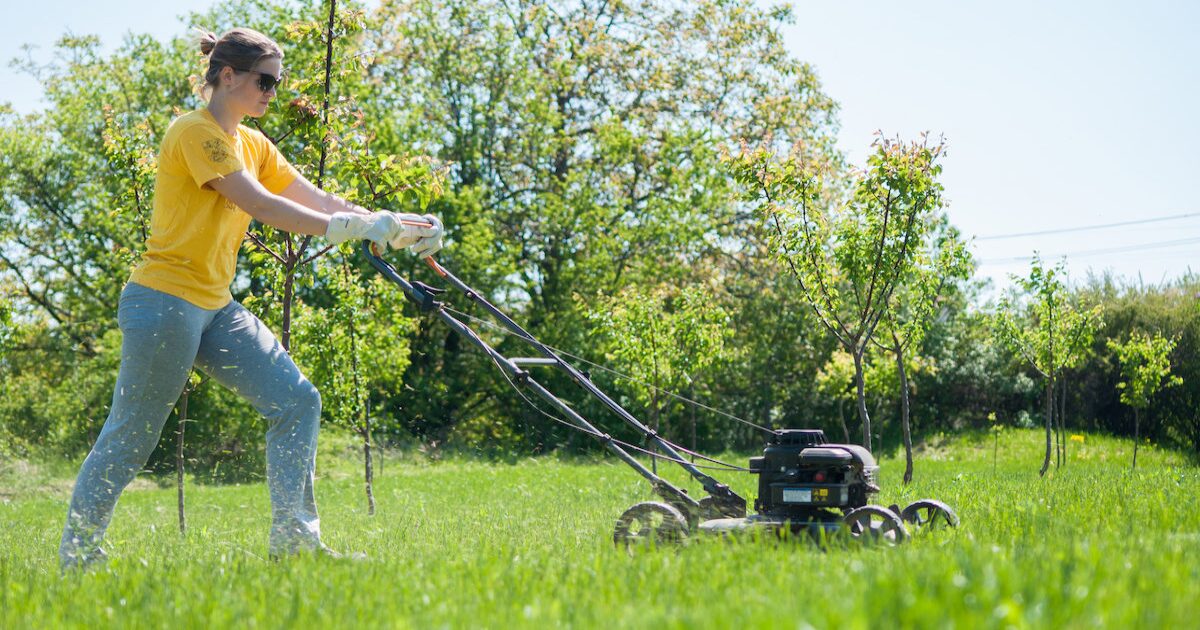
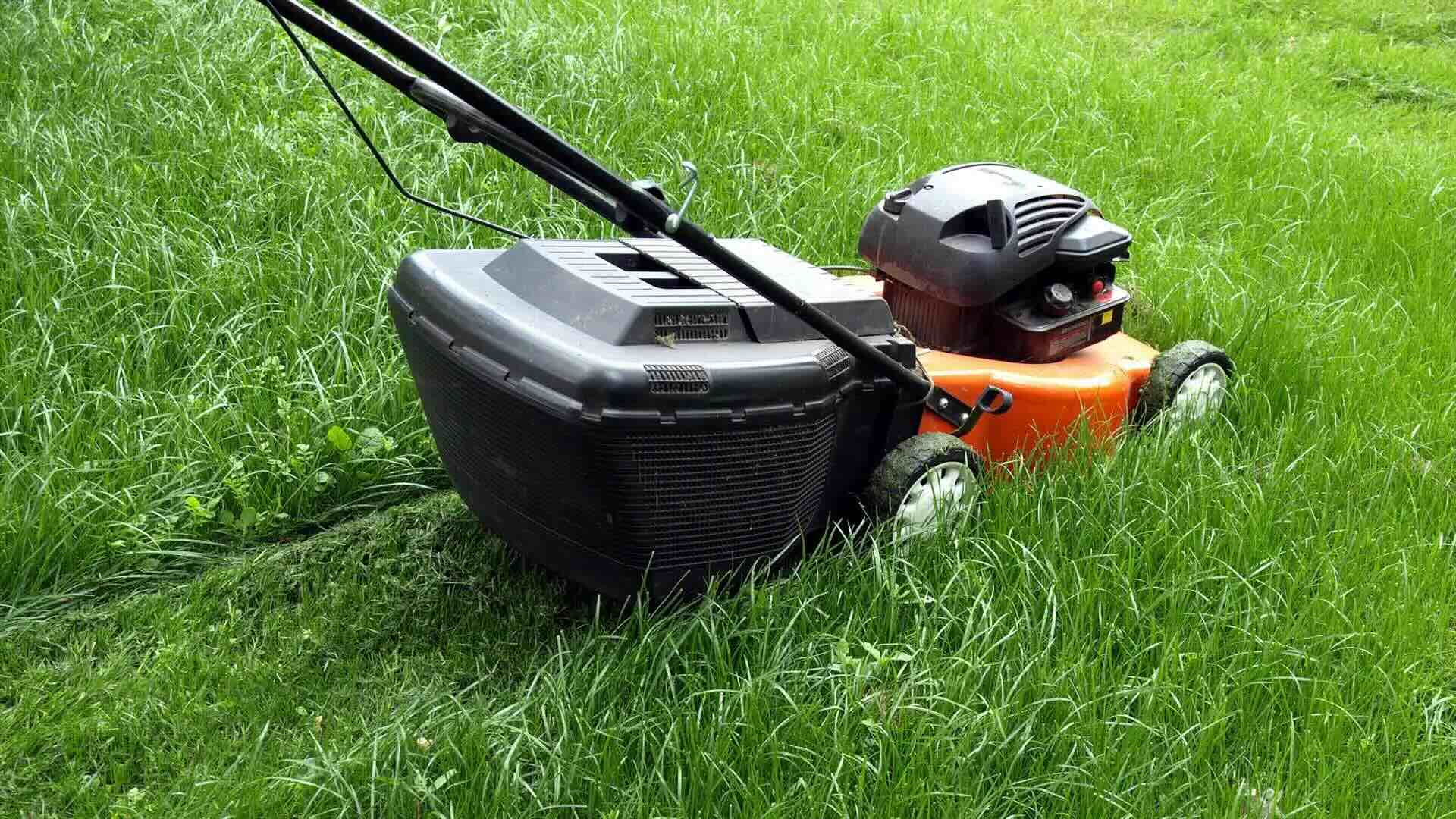
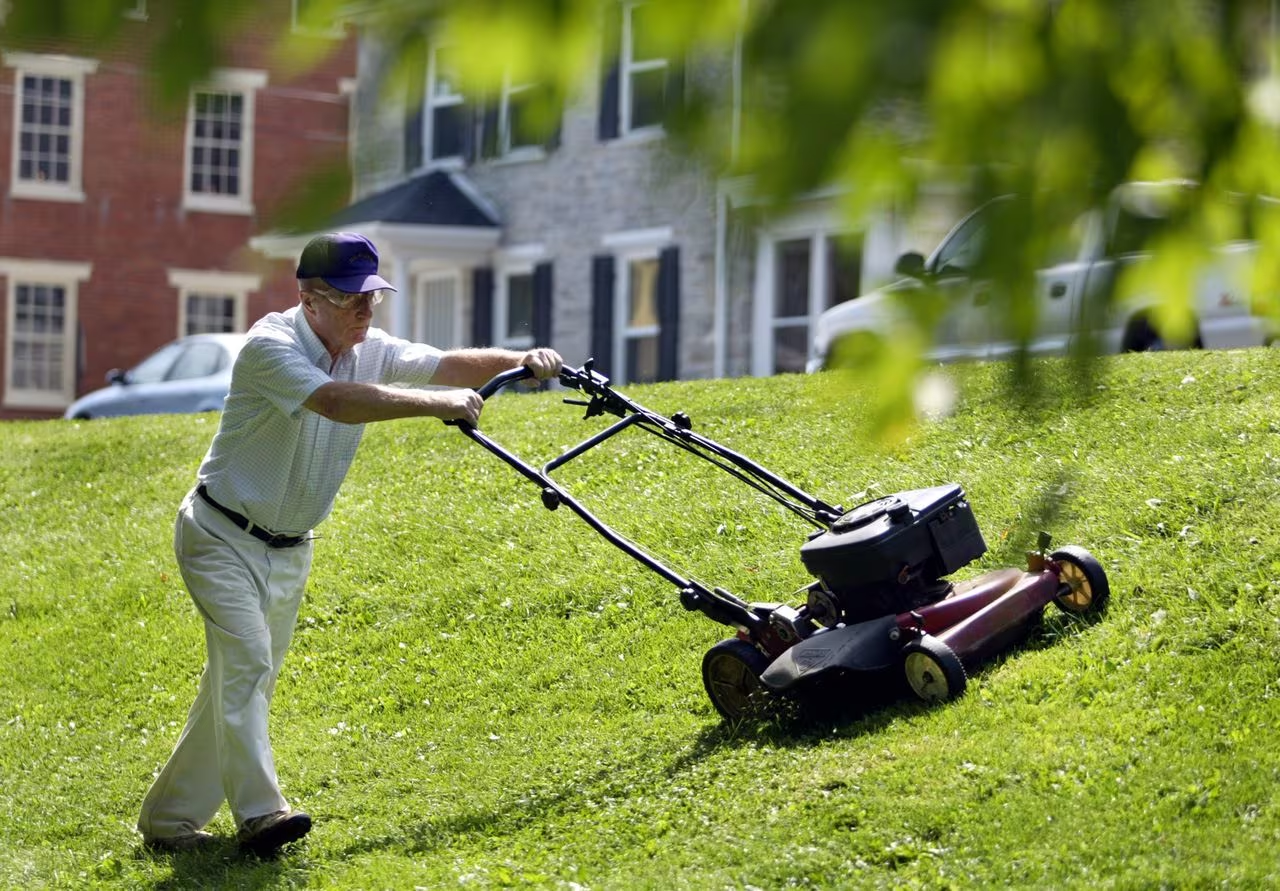
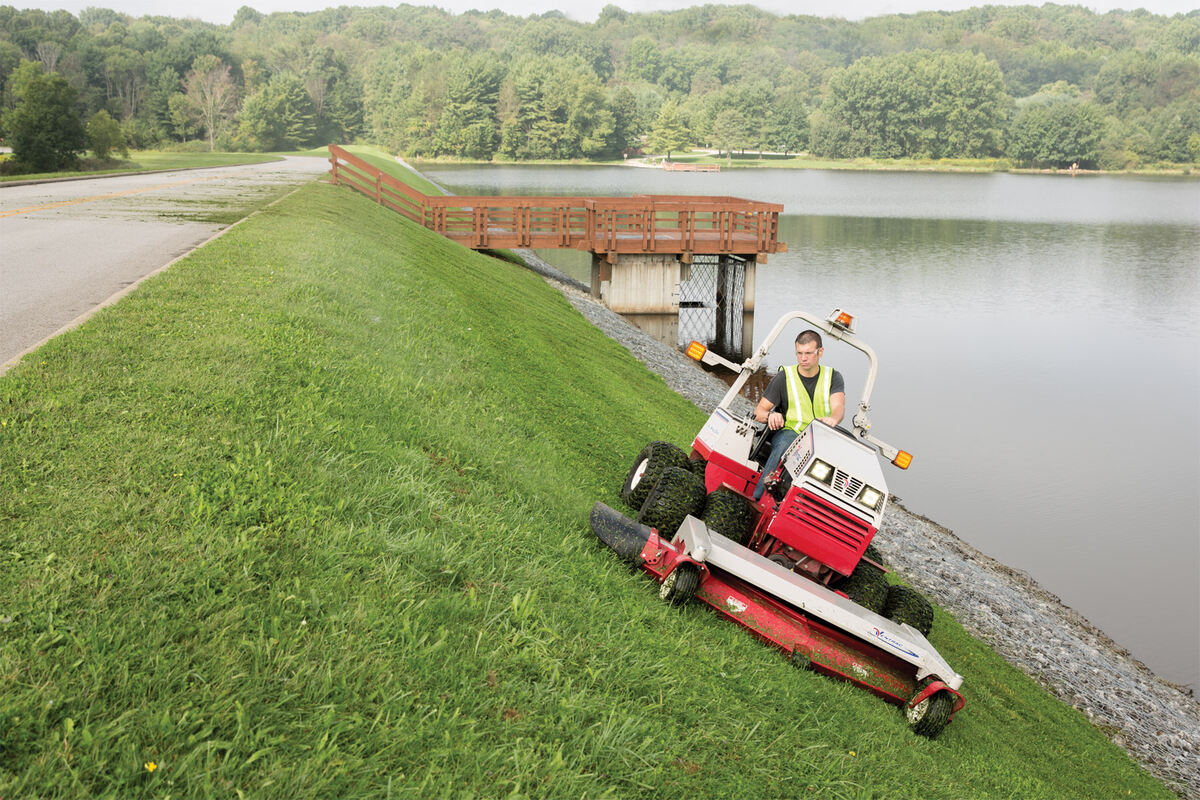
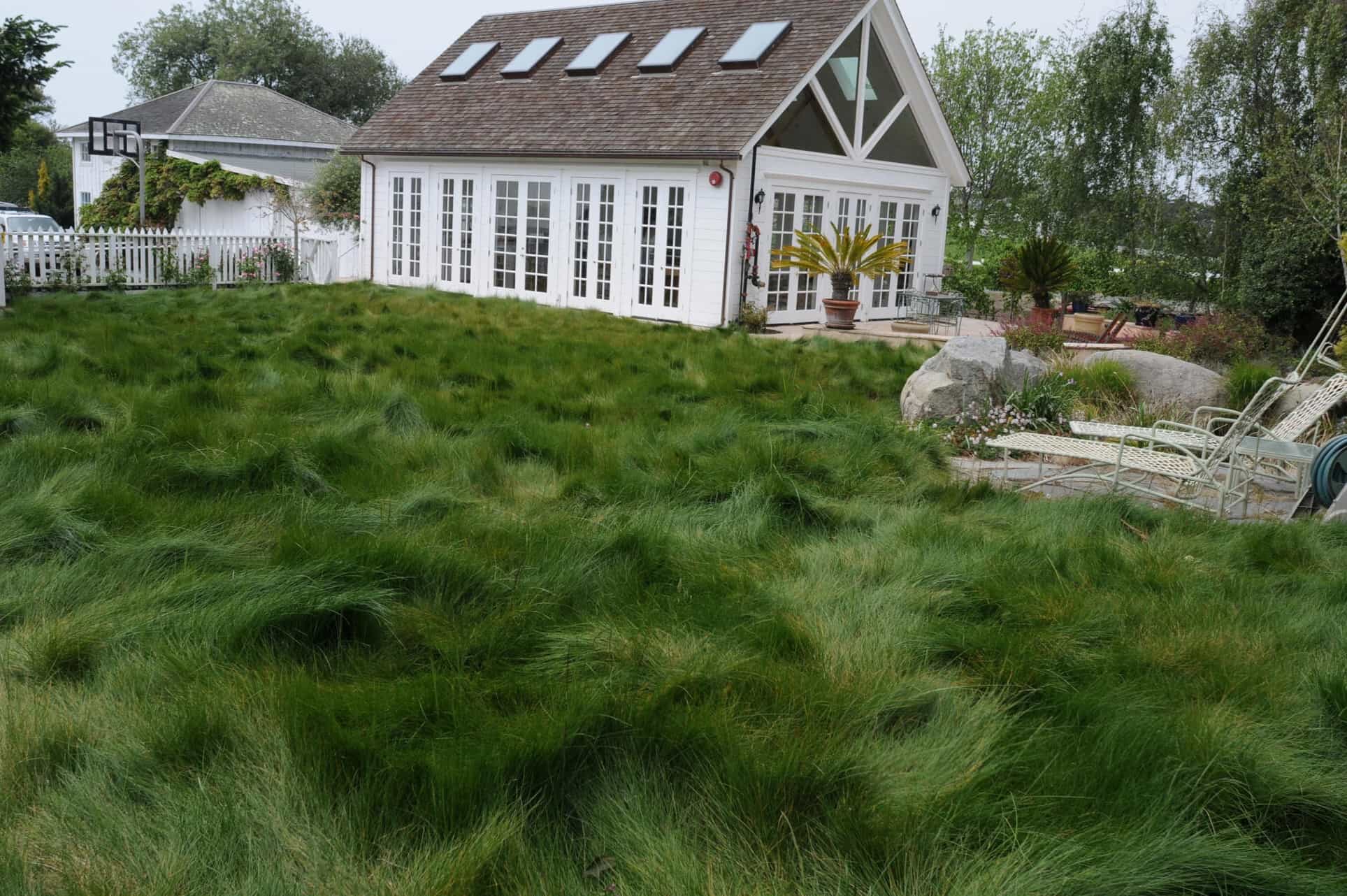
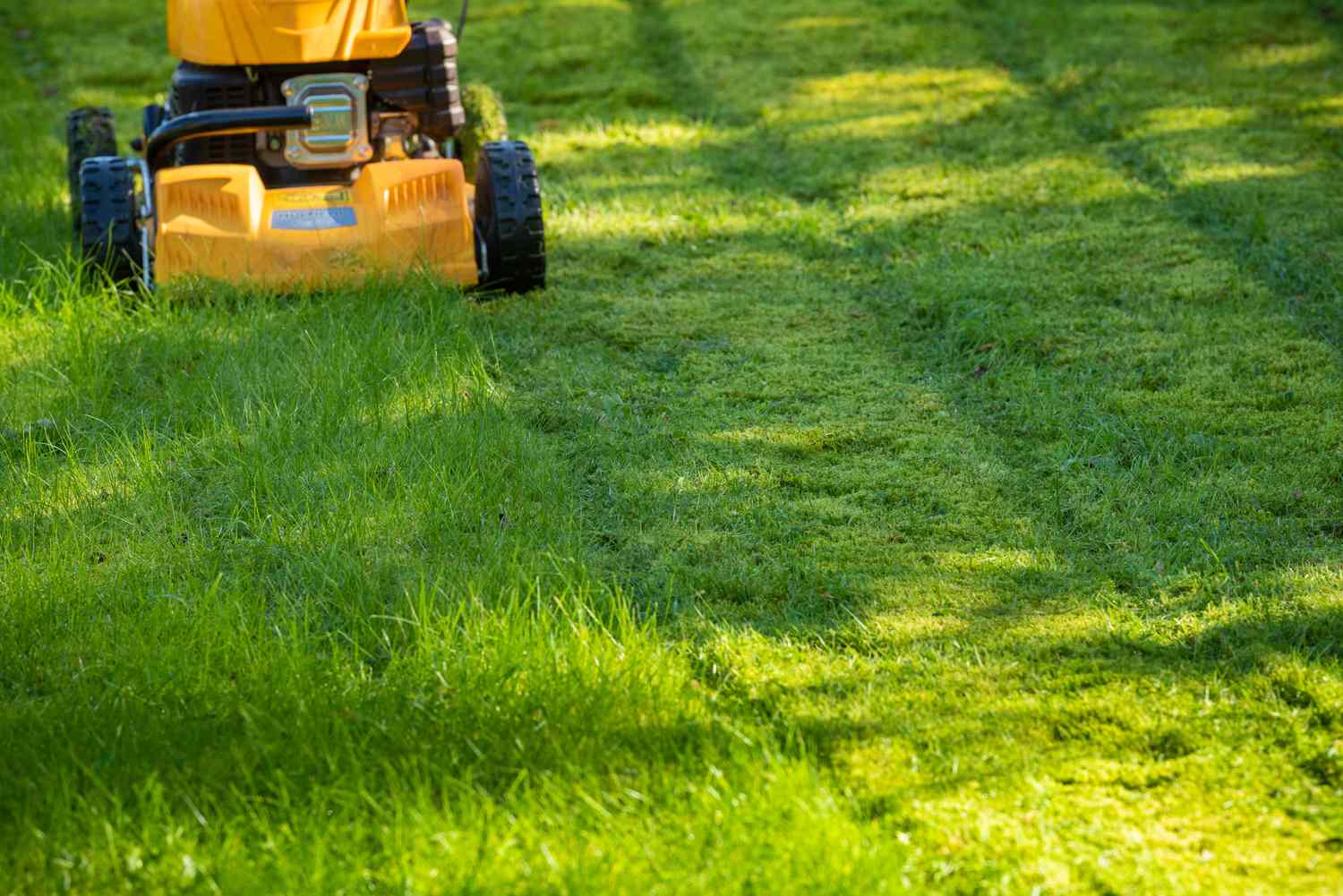
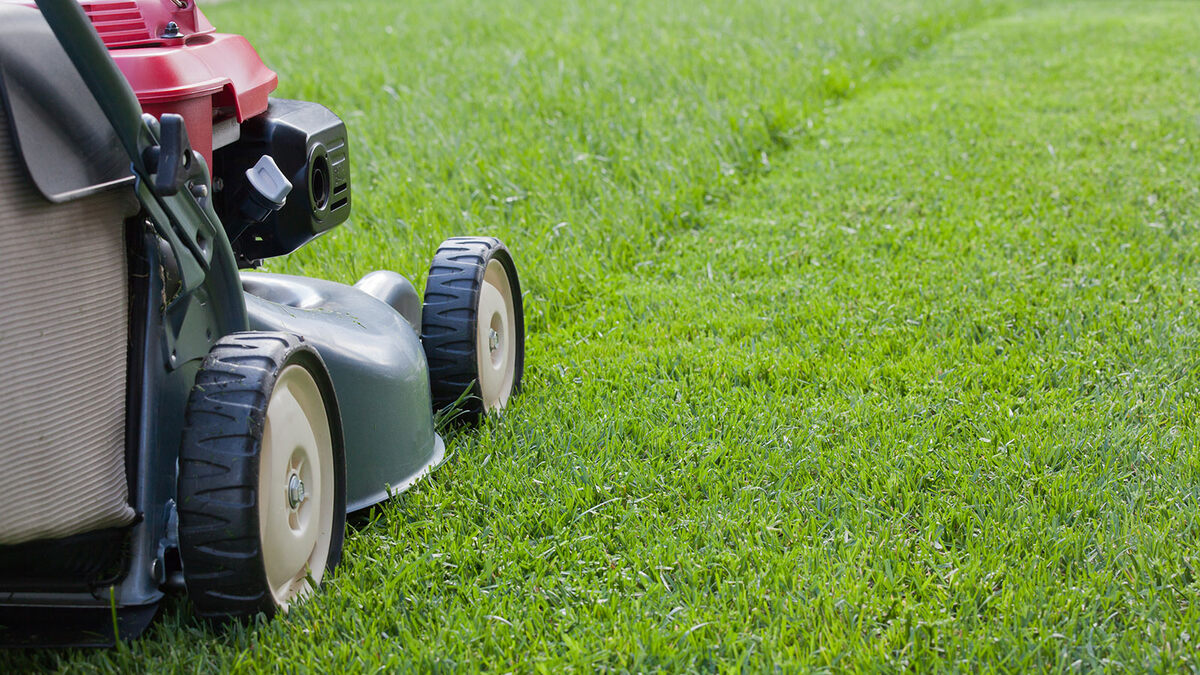
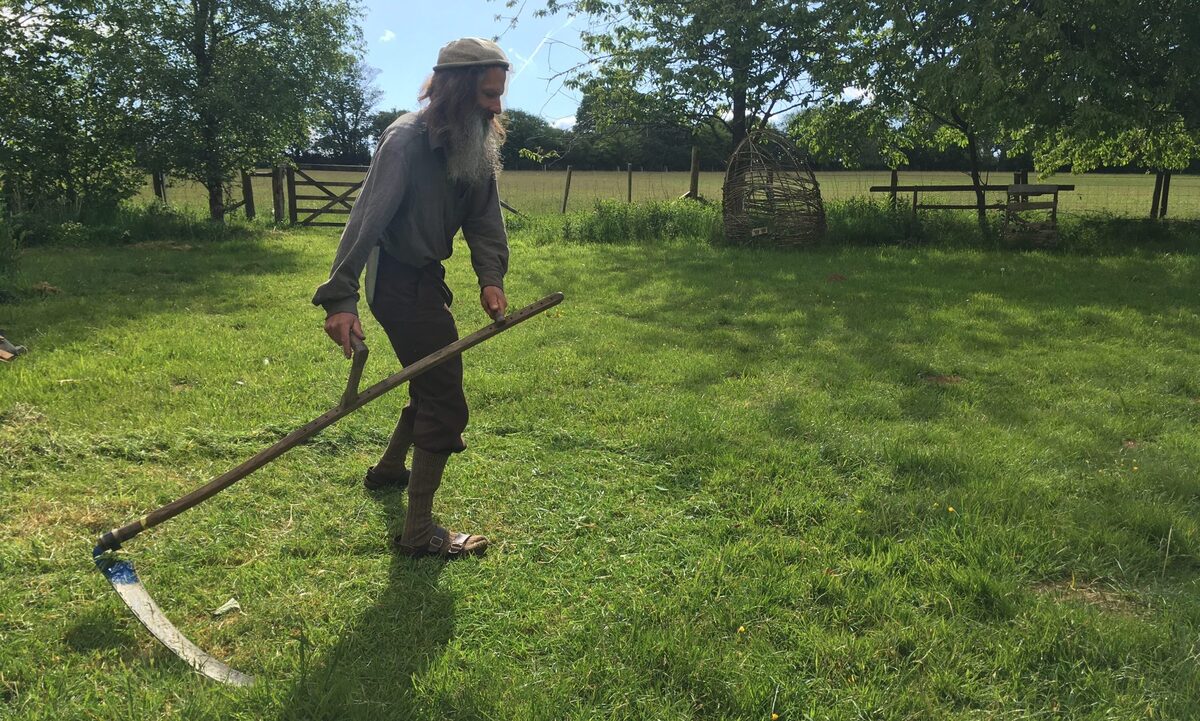
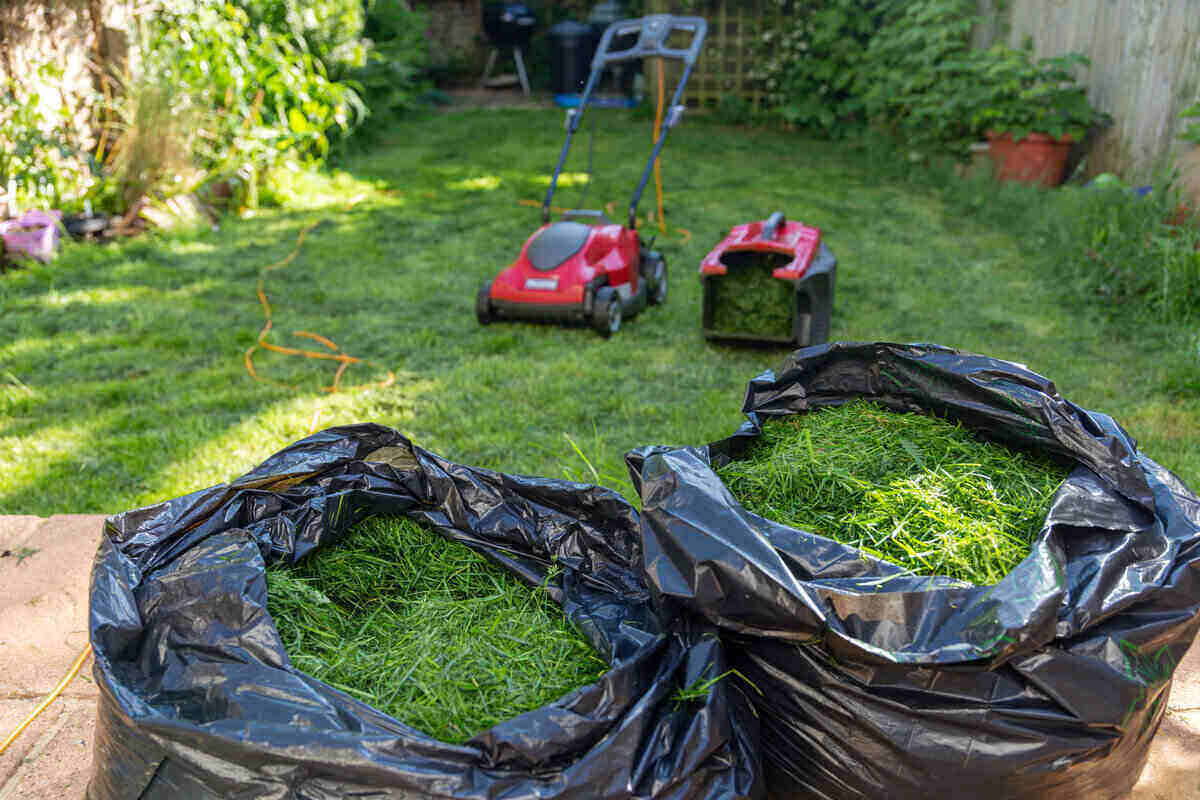
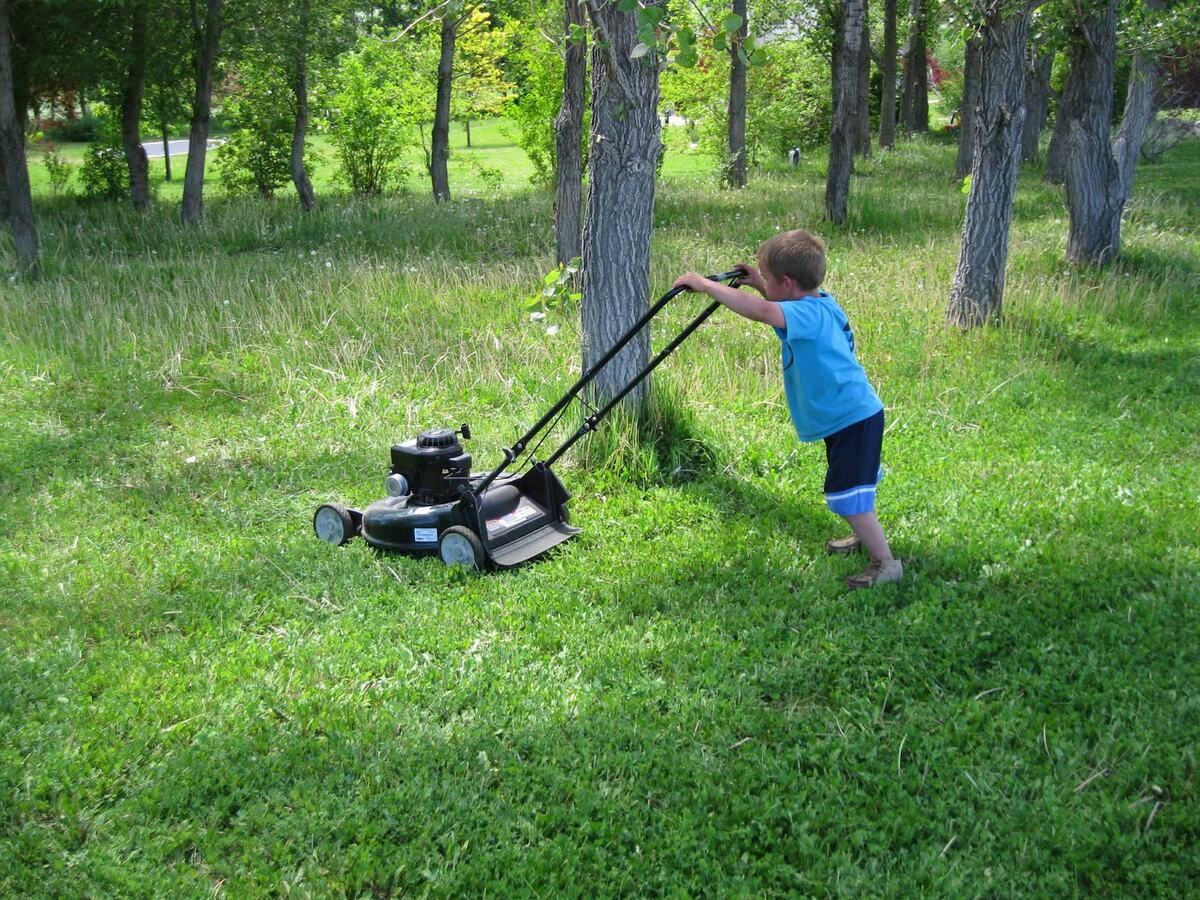
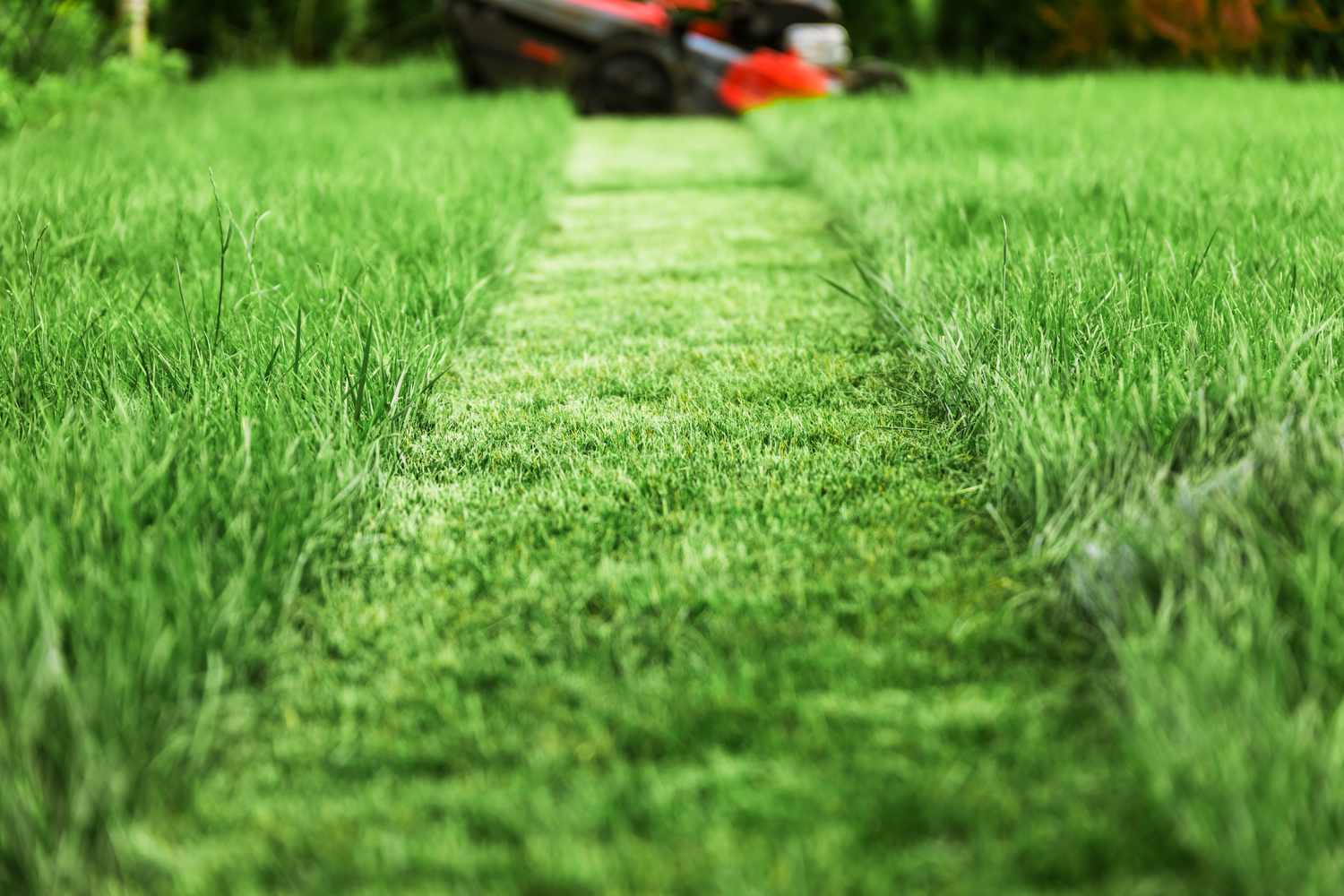

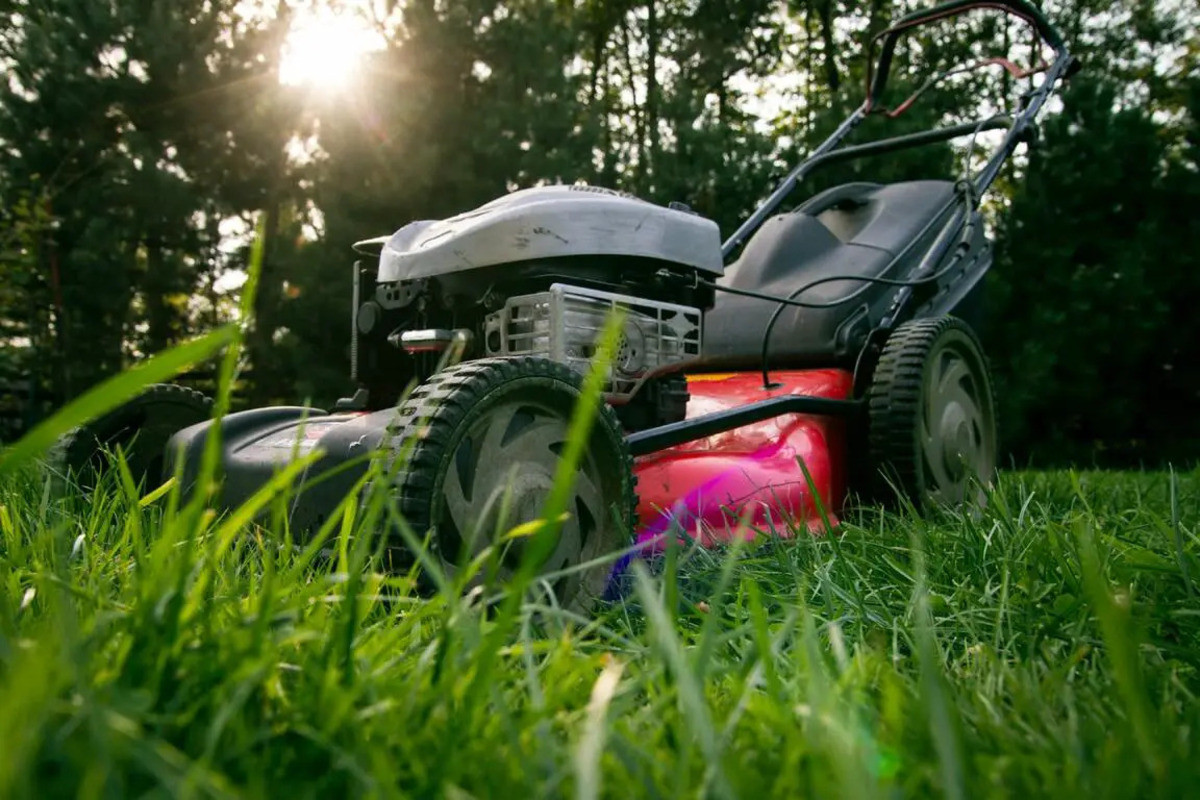
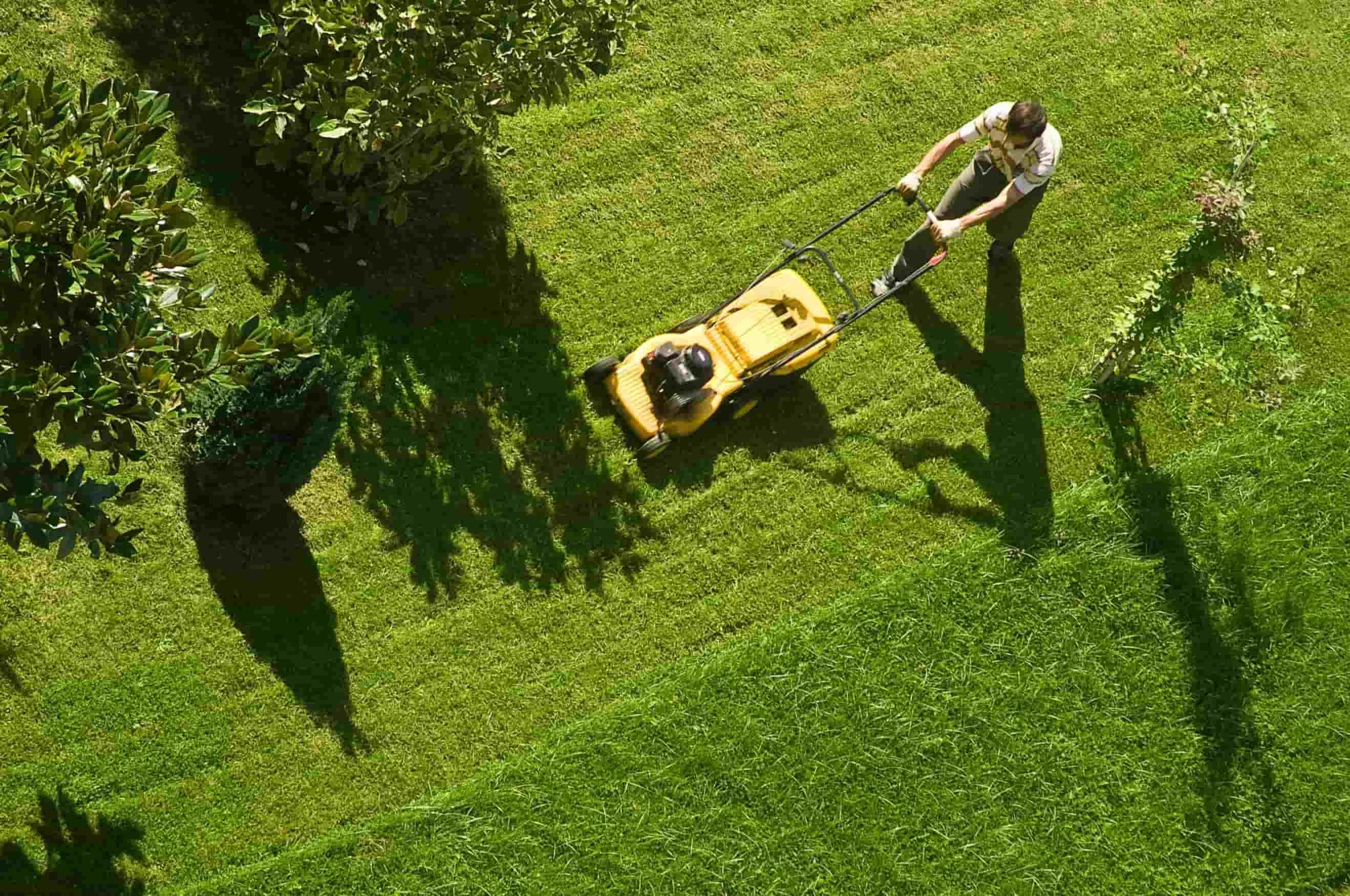

0 thoughts on “How To Mow Very Long Grass”